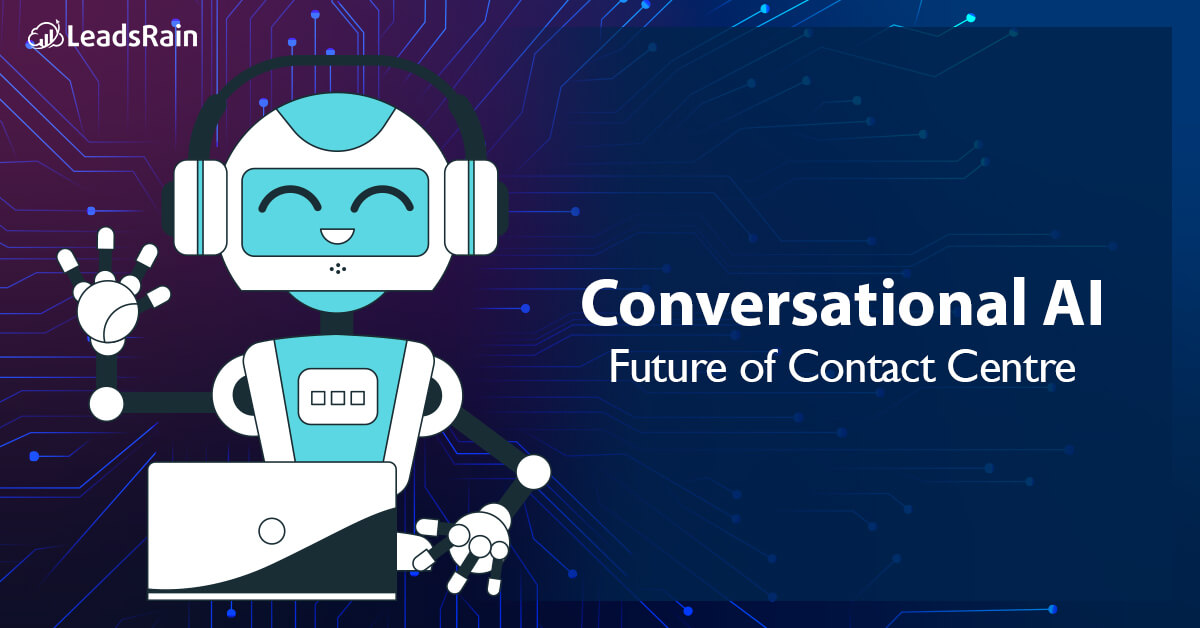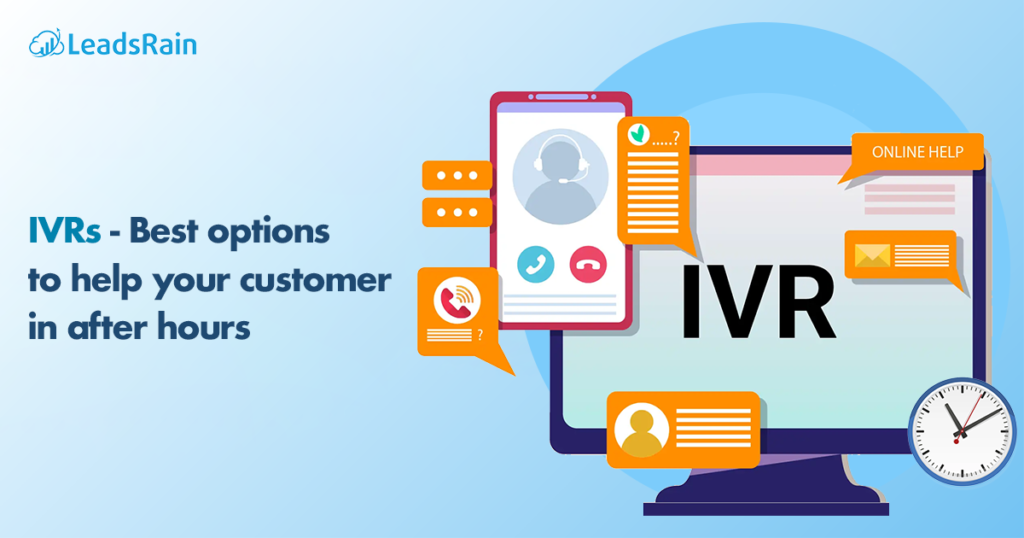Artificial intelligence (AI) has made significant technological advances in recent years, providing businesses with ever-evolving opportunities to remain competitive in their industries. AI has the ability to process data at a significantly faster rate and with accuracy that exceeds human counterparts. The future of these advanced systems is expected to be even more impressive.
Contact Centres must implement the right technology and strategies to keep with these evolving changes. The following informational guide explores the various elements of successful conversational AI, including current capabilities, successful implementation, and the changes to come to this technology. We also reveal why conversational AI is the future for contact centers.
What is Conversational AI?
Conversational AI is a broad term encompassing several types of technology that can understand human questions and generate appropriate responses. These include both voice and text chatbots.
AI has become one of the most utilized tools for businesses to create an exceptional customer experience effectively.
Conversational AI is often used with additional technology, including inventory prediction and image recognition, to improve accuracy and experiences further. Studies show that contact centers will need to implement these tools to remain competitive.
AI Capabilities Result in Industry Growth
Technology has evolved since voice bots were first introduced over a decade ago. These bots can now decipher multiple languages, understand context, and respond with realistic human conversation. These advanced bots even have the ability to ask for clarification if needed.
The conversational AI industry is expected to continue to grow by the billions every year. This is due to the advanced technologies that allow the software to understand humans, gain insight from this data, and respond appropriately.
Personal Informational
Advancements in conversational AI have made it possible for these applications to use data from consumers, including personal information, names, and other details in real-time to create customized experiences. This technology also provides businesses with additional insight regarding their consumers, including their shopping habits and patterns.
Advanced Integrations
Modern conversational AI software creates a personalized, realistic solution that can easily be integrated with existing software. Integration with existing programs, including chatbots, speech, and technological video systems provides consumers with optimized engagement and cutting-edge experiences.
Also read: AI-Driven Cloud Contact Center is the Future of Outbound Marketing
Important Elements In Conversational AI
Implementing conversational AI is a difficult task for many organizations. This issue is that these tools should be informative, engaging, and transition smoothly from the automated bot to a human representative.
Marketers must remember several important elements to create successful conversational AI.
Data Collection Improves Performance
All applications should be connected to the same technology to create this seamless transitional experience. Data should be collected and used based on consumer interaction to improve performance.
Creative and Smart Design
Conversational AI requires a balance of creativity and intelligence designed with a mix of human and AI characteristics. To create this experience, developers must consider the terms users may search for and use this information to create informative conversations.
Human Representative
Although these tools reduce the burden on human employees, it is important for AI to understand when needed and transfer customers quickly and effortlessly to a human counterpart. It is critical for consumers to have this option available. Lack of a fast, easy transition is detrimental to customer satisfaction.
Benefits of Conversational AI
Conversational AI has demonstrated the ability to improve operations, consumer relationships, and increase business efficiency, productivity, and revenue.
Better Consumer Experience
Conversational AI saves the customer time, by providing them with immediate access to the information that they need. AI platforms are available for consumers to use any time of day or day of the year. This increases consumer trust, loyalty, and brand image.
This technology provides consumers with answers to questions faster and more effectively than traditional customer service. These straightforward answers provide immediate solutions to their issues without the hassle of a human representative.
Improved Productivity
Another benefit is the increased user productivity and decreased burden on call center customer service. Chatbots can answer simple questions in a friendly, easy-to-understand format, helping users find solutions without burdening management.
Understanding Consumers
Conversational AI has also allowed businesses to understand consumers and their spending habits better.
Increased Revenue
Improvements to the customer experience have the potential to increase brand trust, image, and relationships with consumers. This has the potential to result in increased traffic, leads, and sales. This technology also has the ability to make smart upsells, cross-sells, and generate increased revenue more efficiently.
Conversational AI Benefits All Industries
Conversational AI allows businesses to provide consumers with constant availability to answer questions and provide prompt solutions to their problems. This increased consumer engagement, satisfaction, and immediate responsiveness are beneficial for businesses across all industries.




